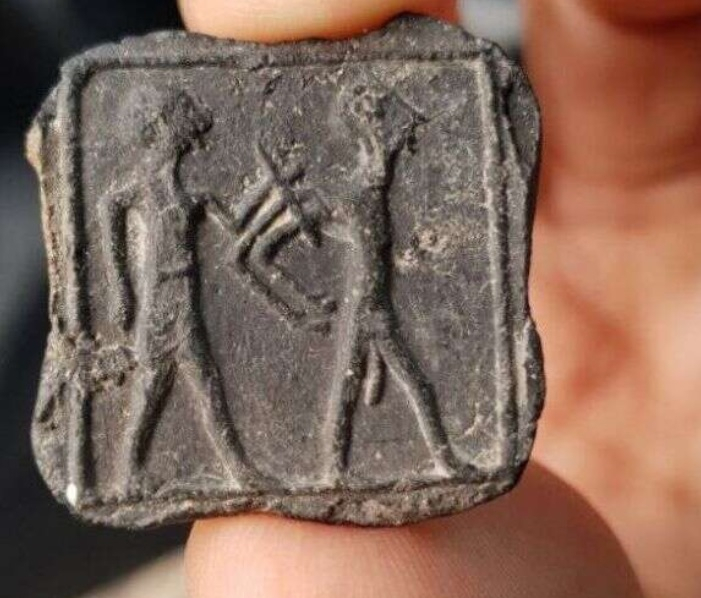A six-year-old boy named Imri Elya has discovered an ancient tablet made of clay that depicts a captive and his captor from Tel Jemmeh archaeological site in the Negev desert, Israel. Initial analysis conducted by experts suggested that this clay tablet is 3,500 years old, and it is thought to be from the ancient Canaanite civilization.
After discovering the clay tablet, Elya showed it to his parents, and they soon contacted the Israel Antiquities Authority. After inspection, Antiquities Authority officials handed over the tablet to Israel's National Treasure Department.
An Unexpected Discovery

In this ancient tablet, a captor can be seen leading his naked captive, and it sheds light on the slave trade that happened during those periods. Researchers revealed that the Egyptian empire had ruled the land of Canaan, during the time in which this tablet was created.
"The artist who created this tablet appeared to have been influenced by similar representations known in Ancient Near East art. The manner in which the captive is bound has been seen previously in reliefs and artifacts found in Egypt and northern Sinai," Israel Antiquities Authority officials told Fox News. For his discovery, Elya received a certificate of good citizenship from the country's Antiquities Authority.
Discovery of Scythian Amazon With Golden Headdress
A few weeks back, researchers had discovered a burial mound containing remnants of four Scythian women in the excavation site in Russia. Interestingly, the burial mound contained several impressive grave goods, and it also had one of the most complete golden headdress ever unearthed in this region.
Researchers during the excavation in the Russian site also discovered two untouched skeletons covered by grass bedding at the southern and western wall of the ton. One of these skeletons belonged to a young woman who was buried in the position of a horseman.








